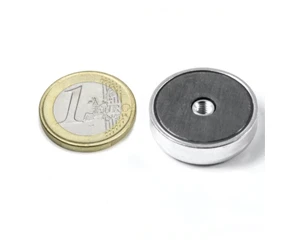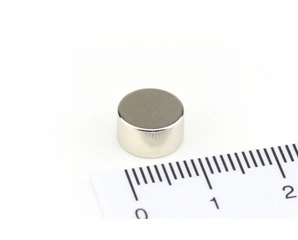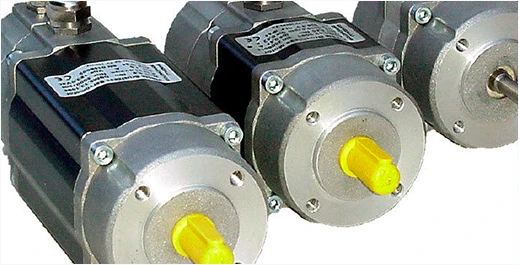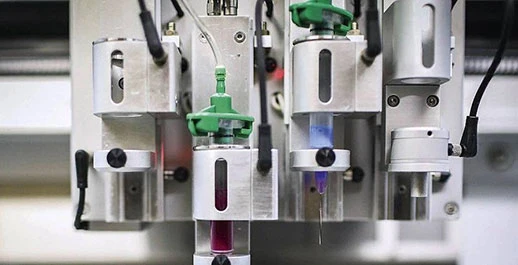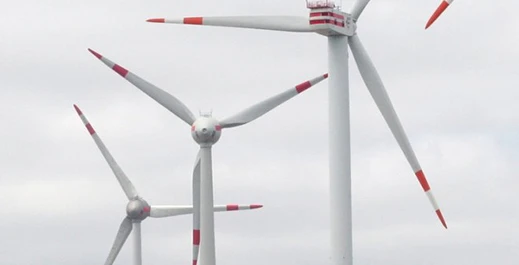Alnico magnet is an alloy of aluminum, nickel, cobalt, iron and other trace metal elements. Due to its excellent performance, alnico magnets are widely used in various instruments and other high-temperature applications. However, as the temperature increases, the magnetic properties of alnico magnet material will suffer different degrees of loss. So how does temperature affect alnico magnets?

The composition of the metal components of alnico magnets is different, and the performance and uses are also different. There are three different production processes for alnico magnets: casting, sintering, and bonding. Casting process can produce different sizes and shapes, and compared with casting, sintering products are limited to small sizes, and the size tolerance of the rough products produced is small. Casting has good machinability. Among permanent magnetic materials, cast alnico magnets have a lower reversible temperature coefficient and can work at temperatures up to 500℃.
Alnico magnets are very popular due to their outstanding stability at high temperatures and are widely used in many applications. Compared with other types of magnets (such as ferrite magnets or rare earth magnets), their output changes the least when running at high temperatures. However, in general, increasing temperature will lead to some loss of their magnetic performance, but this largely depends on the shape and size of the magnet. Their heat resistance makes them a popular choice for aerospace, automotive and military applications.
Any commercially available grade of alnico magnet can operate within a temperature range of 400 to 450℃, and some higher grade magnets can even operate at temperatures up to 550℃. This means that they are the only suitable choice for applications with working temperatures of about 350℃. Even when heated to glowing hot points, alnico magnets remain effective! In fact, some grades of alnico magnets will become hotter as the ambient temperature rises, and their ability to resist demagnetization may even increase. In addition, alnico magnets generally have excellent performance at temperatures as low as about -70℃ to 100℃.
Capacitors are first charged with DC high voltage, and then discharged through a coil with low resistance, producing discharge current pulses with peak current of up to tens of thousands of amperes. This current pulse produces a strong magnetic field in the coil, magnetizing the hard magnetic material placed in the coil permanently. When the magnetizing machine capacitor is working, the peak value of the pulse current is very high, requiring the capacitor to be able to withstand the pulse current. The magnetizing machine structure is relatively simple, and it is actually a very strong electromagnet. It is equipped with various shapes of iron blocks as additional magnetic poles, forming a closed magnetic circuit with the charged electromagnet. When the magnet is magnetized, the additional magnetic pole and the charged electromagnet are set, and the brush can be completed instantly as long as the excitation current is applied.


